
In the gardens of Coco Chanel, Christian Dior and Yves Saint Laurent – where flowers and fashion unite
- Some of the world’s great designers were not only inspired by gardens but created their own enduringly beautiful grounds
I first visited Sissinghurst on one of those spring mornings when the sky over England is filled with scudding clouds and the women wear optimistically light dresses that provide little protection from the sharp breeze. It was days after I had finished a tour of Wadi Rum, and the contrast between the pulsating heat of the Jordanian desert and this damp, exuberant greenery felt delightful.
Sissinghurst embodies everything we want an English garden to be. A mixture of wild, overgrown abandon and meticulous planning, it is lovely to look at but also wonderfully evocative of a past era. Its walled white garden, which bursts into bloom each spring with nearly every white flower native to Britain, attracts visitors from around the globe, drawn to its powerful scent as much as to its prettiness.
Sissinghurst is also eternally bound up with the author and poet Vita Sackville-West, who, with her husband, the diplomat and diarist Harold Nicolson, bought the then-dilapidated house and grounds in the 1930s and turned them into one of Kent’s most renowned creations. An outspoken feminist in an era when women had only recently gained the vote, Sackville-West planned, planted and tended to the garden, building herself a study in a disused turret so she could look out across her rolling lawns while she wrote.
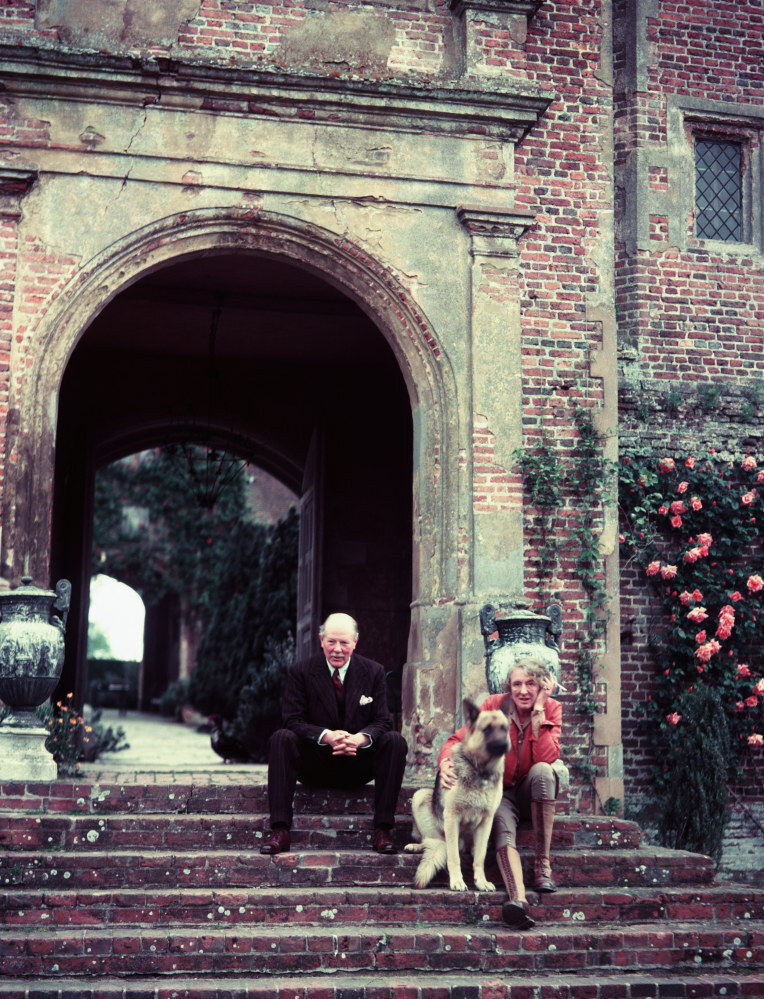
On the day I met him, then head gardener Troy Scott Smith had a weight of expectation on his handsome shoulders. Sissinghurst is owned by the National Trust, a charity devoted to heritage conservation in England, Wales and Northern Ireland, but Sackville-West’s grandchildren still play a central role in planning the garden – as do the millions of people worldwide who see it as the template of 20th century English country romance. Which is why, before Scott Smith came on board, in 2013, there had been some controversy surrounding its layout, with critics claiming its shabby chic allure had been replaced by an overly styled design that lacked soul.
I’ve worked in fashion for years and all of this – the beauty, the heritage, the wildly creative predecessor and the intense public scrutiny over something beloved – reminds me of the way designers approach their collections and the pressure they feel to conform to the aesthetic of the house. So it came as no surprise when, last summer, Sissinghurst formed the inspiration for Givenchy’s couture collection. The creative director of the brand, Clare Waight Keller, is British and has always loved these gardens; now she had the chance to incorporate them into designs for a very French fashion house.
The collection was called Une Lettre D’amour – meaning “a love letter” – because Waight Keller found further inspiration in the correspondence between Sackville-West and her lover, English author Virginia Woolf, and the heady summer days the two of them spent together at Sissinghurst. The resulting Givenchy runways were filled with long, white floral dresses that were hugely evocative of the walled garden; tulip-shaped skirts; and moulded, sculptural gowns crafted to look like they were made of petals.

Scott Smith has a notably similar perspective on beauty to Waight Keller. On that spring day when I visited, we sat together on a bench by the lake, where weeping willows drift over water lilies and banks of wild grass tumble into powerfully scented flower beds. In the garden, much like in the fashion collection that borrowed from it, there was a heightened sensuality that Scott Smith believed came from a combination of abundance and abandonment.
“Vita and her garden were all about emotion,” he said. “And part of how she achieved this was because she was an amateur. So the challenge was to create a more authentic Vita garden while still making something that could evolve and change. And I think what we have made here is a very English aesthetic – wild but also fairly controlled. I like to describe it as soft abundance.”
If Scott Smith was looking to the original designer for guidance, then Waight Keller was also taking the brand back to its roots. Its founder, Hubert de Givenchy, was equally enamoured of a good garden, having designed the grounds of Chateau du Jonchet, in France’s Loire Valley. The estate, which is open to the public a few weekends a year, is filled with weeping willows, hidden walled gardens and classical statues – and is also marked by the sense that nature is wrangling with these clever gardeners over just how much space it can take up.
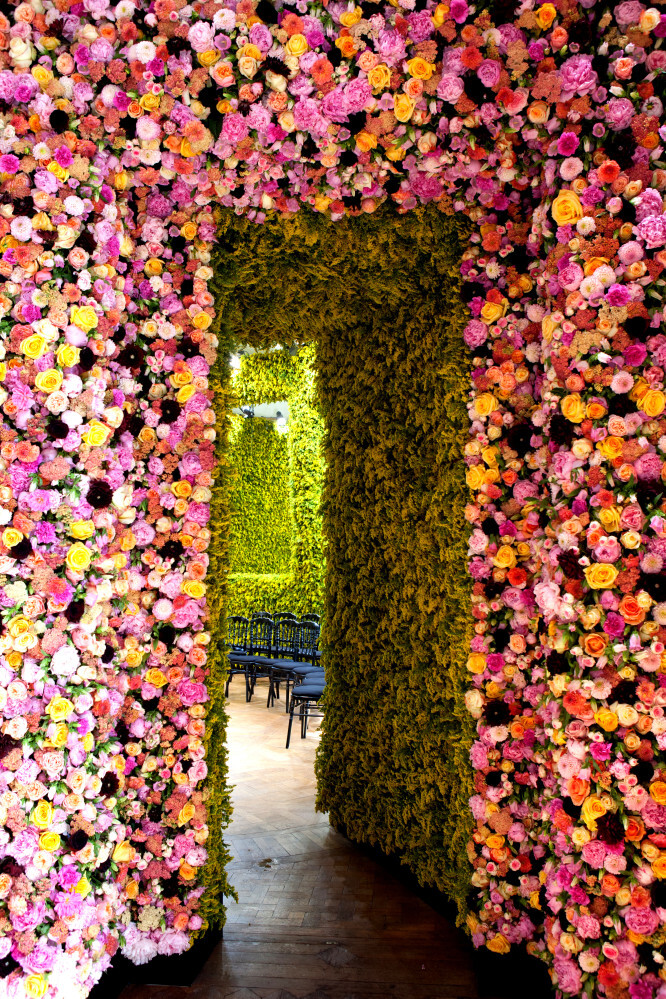
Givenchy was one of many fashion designers who used his own garden as a creative outlet that could soothe rather than heighten his emotions – a place where design choices didn’t have to shape global tastes. That’s no doubt why Coco Chanel and Christian Dior also loved getting their hands dirty, or perhaps supervising staff to do so on their behalf. Both designers created gardens of lasting loveliness: daisies, mimosa, iris and 350 olive trees for her; roses and lily of the valley for him.
Plentiful at Dior’s country home, Le Moulin du Coudret, near Milly-la-Forêt, an hour outside Paris, roses remain a recurring theme in the house’s collections. Former creative director Raf Simons’ first collection for Dior, in 2012, was shown during fashion week in a series of classically Parisian rooms in which each wall was smothered in either carnations, delphiniums, goldenrod or roses. Current director Maria Grazia Chiuri last year created an indoor garden inspired by Christian Dior’s sister, Catherine, the plants for which were later donated to community projects. In 2010, the brand even had an allotment in the Chelsea Flower Show, in London. And in 2014, Gucci followed suit, winning the show’s silver medal for its design.
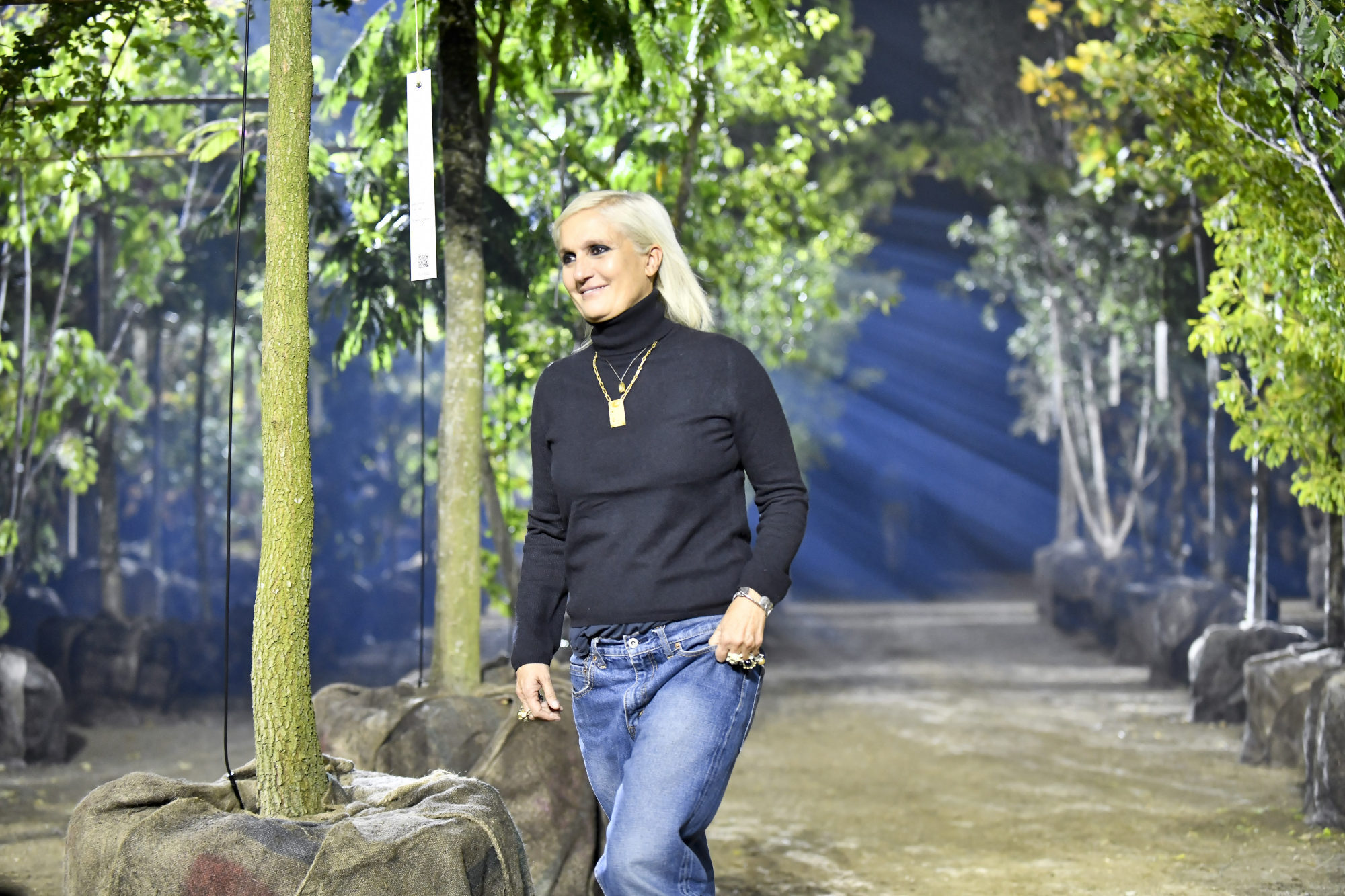
Not to be outdone, in January last year, for the Chanel haute couture collections, Paris’ Grand Palais was transformed into a replica of the garden of the Aubazine Abbey – the Cistercian estate in Limousin where Coco Chanel lived for four years. Open to the public, the estate is an extraordinary property that is said to have inspired many of Chanel’s signature pieces. Beige – which she used frequently in her designs – is the colour of the sandstone exterior, while the flower beds were laid out in semicircular shapes that look remarkably like the label’s double C logo.
Later, when Chanel purchased a five-acre plot of land in Roquebrune-Cap-Martin, on the Cote d’Azur, she called it La Pausa and filled its garden with lavender, much like the one at the abbey had been. Chanel herself was deeply involved in the construction and the gardens of the property, which is now owned by the Chanel estate and still runs wild with lavender.
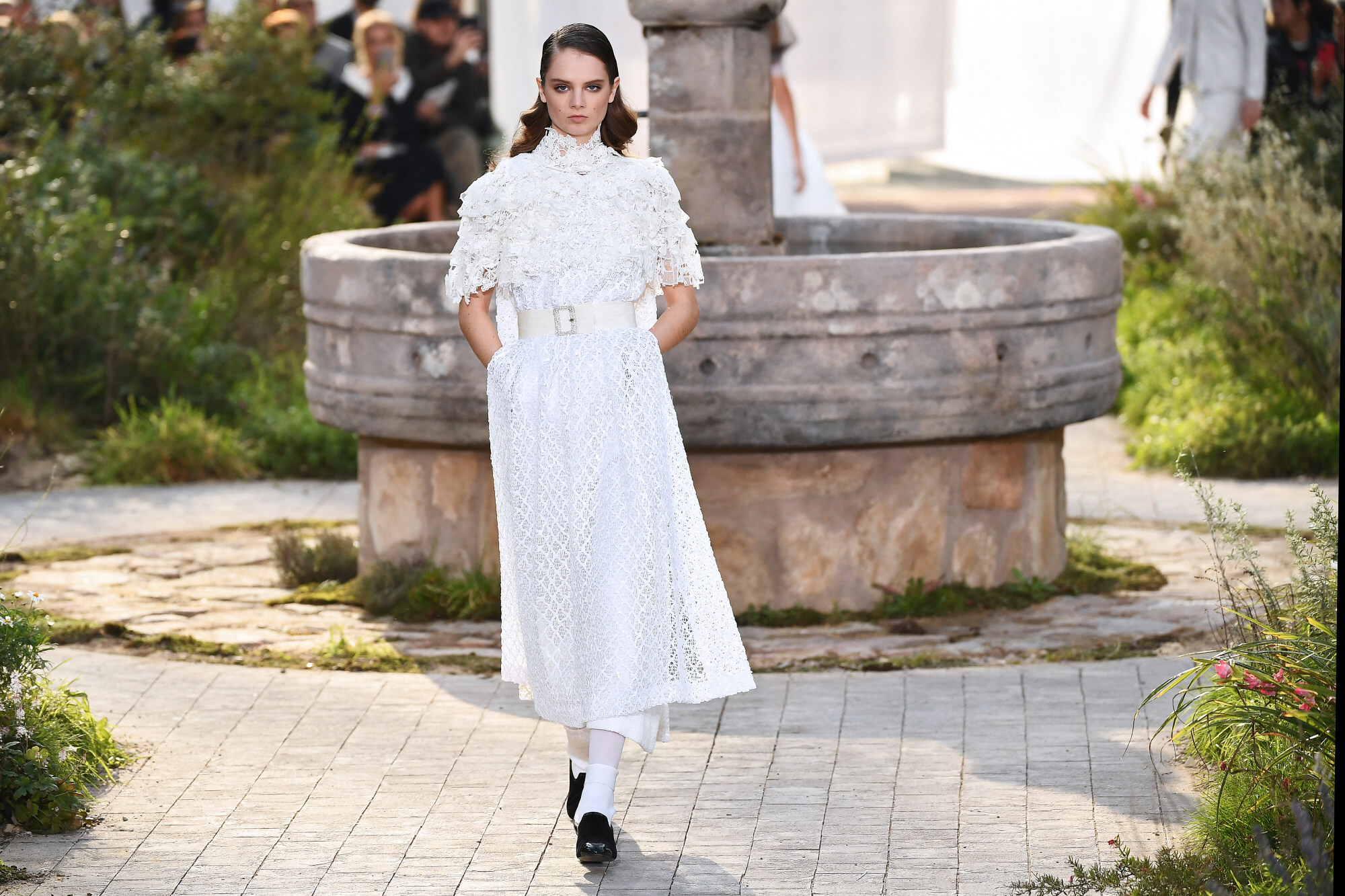
Of these great designers and their gardens, the most manicured is arguably the most famous: the Jardin Majorelle, in Marrakech, also the home of Yves Saint Laurent.
The couturier first visited the city in 1966 and was captivated by its colours and clamour. With his partner, Pierre Bergé, he promptly bought a home in the medina and Morocco became their refuge from the social and professional whirl of Paris, and an enduring muse in his designs.
Then Saint Laurent learned that the Jardin Majorelle – a colourful, cactus-filled garden developed in the early 20th century by the French painter Jacques Majorelle – was set to be destroyed by a retail developer. Saint Laurent would often walk there, sit on one of the benches and sketch designs. So instead of losing this precious space, he bought it.
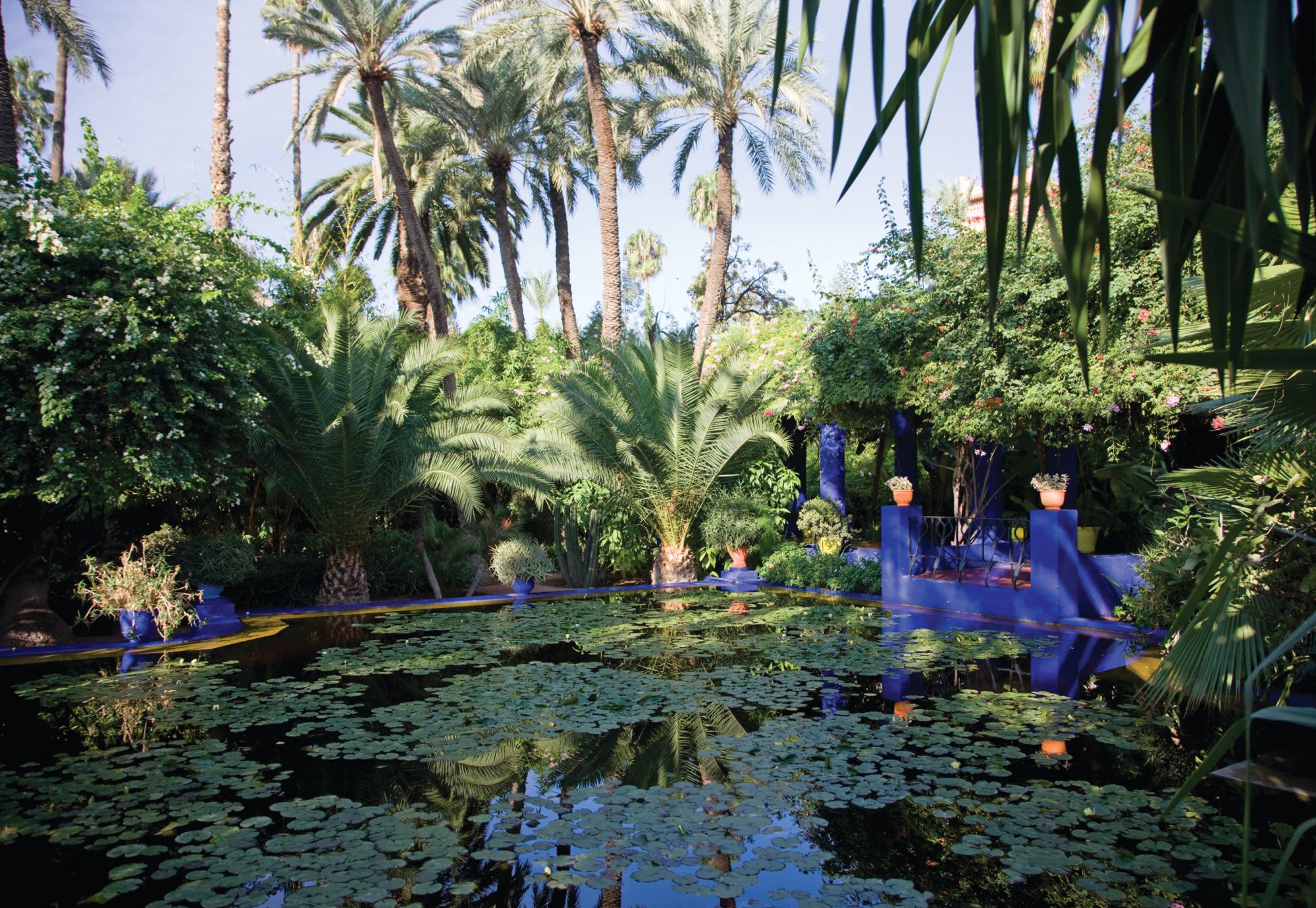
I first visited the Jardin on a hot May afternoon. Walking from the higgledy-piggledy streets of the medina, out past the grimy motorways and into this oasis of tranquillity made me understand what Saint Laurent had felt all those years ago: peace.
Inside its walls, the city outside is silenced and I was struck not only by the meticulous beauty of the layout but also by the extent to which its colourful walls, mosaic fountains and bold flower beds had infiltrated YSL designs.
Bordering the Jardin Majorelle is Villa Oasis, the house Saint Laurent and Bergé bought alongside their beloved garden and the sanctuary they lived in during their later years – after their deaths, their ashes were laid there. Surrounded by its own immaculately tended gardens, populated with desert flowers and towering palms, it is, for fashion lovers, the easiest and most intimate place in which to understand the designer and far more tranquil than the tourist-thronged Jardin Majorelle next door.
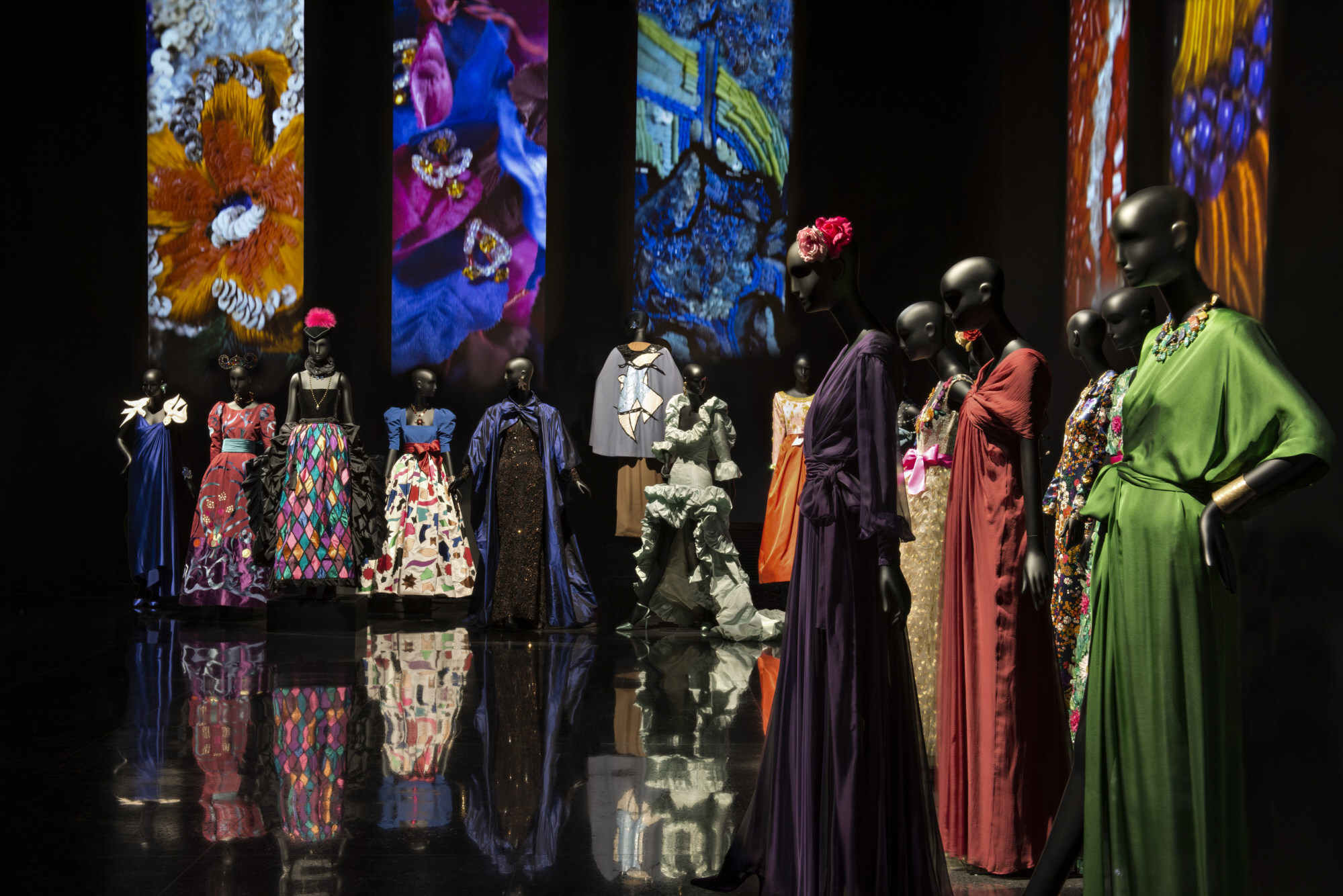
I sat in the Villa Oasis grounds for hours and could see why this powerful geometric layout had infiltrated Saint Laurent’s designs – but also why so many of the world’s most admired designers spent their free time tending to their gardens. Ultimately it is about making something uniquely beautiful that one can never have total control over, but which is designed to provoke an emotional response.
“I want to create a feeling of intimacy,” said Scott Smith, as he walked me around Sissinghurst. “A good garden should never be just pleasant. It should always lead to a strong reaction.”
The same could be said for a great dress.











